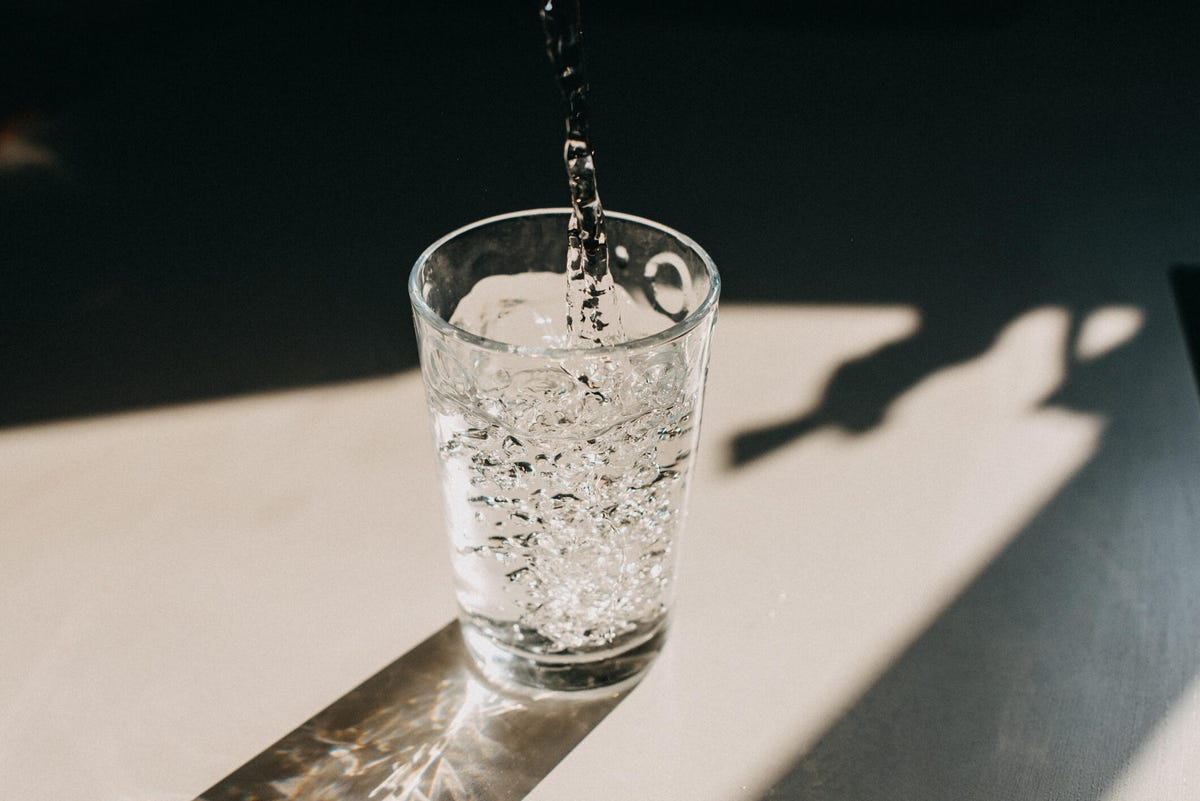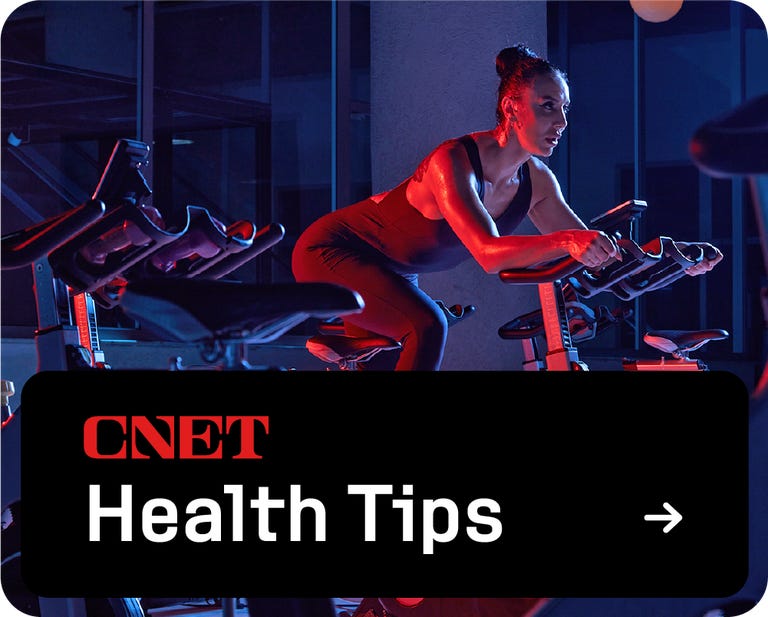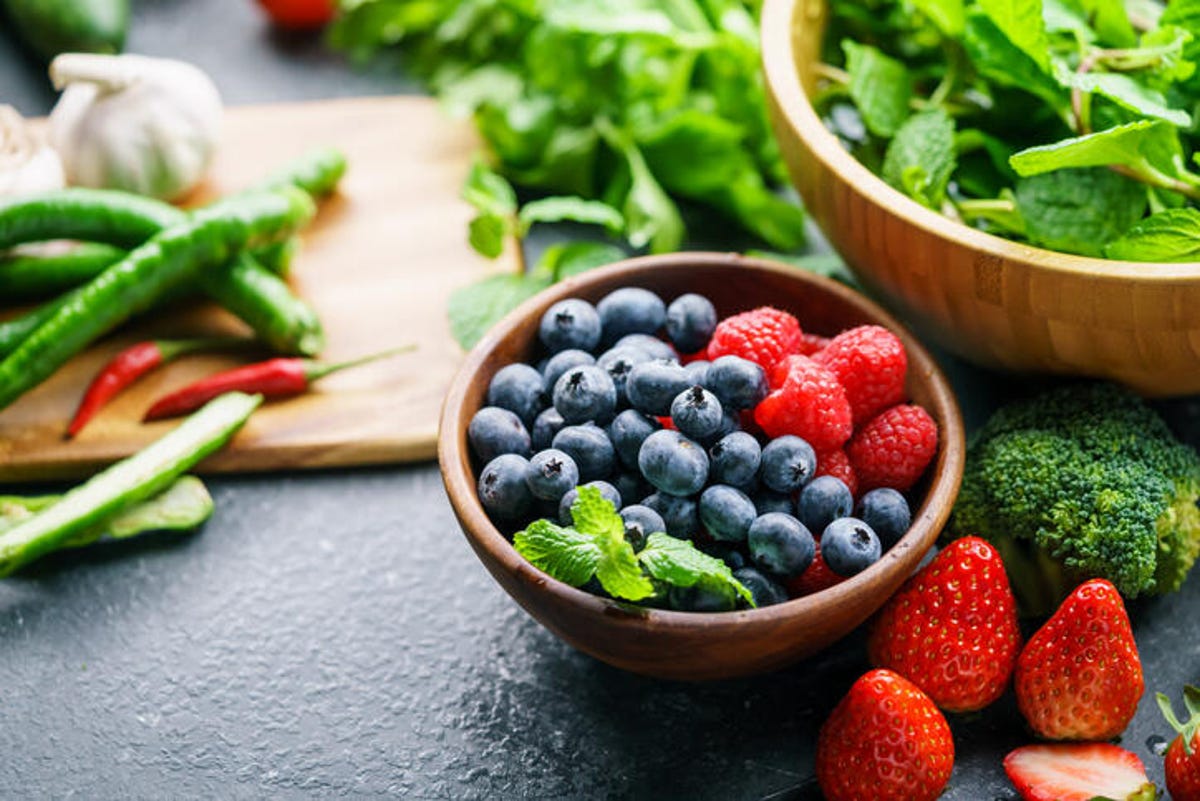Summer is fast approaching. This means that it is important to prioritize drink water to prevent you from becoming dehydrated. Water alone is not enough; You’ll also need to add electrolytes to your diet, especially if you spend a lot of time in the heat. Electrolytes are found in sports drinkssupplements and certain foods to keep you hydrated and replenish minerals lost through sweat.
Many foods are hydrating, seasonal, and packed with electrolytes and nutrients, which will help quench your thirst while keeping you healthy. We spoke with an expert to find out which foods you should keep in your fridge and the key hydration benefits they provide. Here’s which hydrating foods are best to prepare you for the heat.
Learn more: Best Reusable Water Bottles
How to know if you are hydrated
Hydration needs vary depending on your size, activity level and sweating. Gabriela Barreto, a registered dietitian and sports nutritionist, says there are two indicators of hydration levels: your thirst and the color of your urine. “Drinking until thirsty may be appropriate for most individuals to maintain hydration levels, and when it comes to urine, you’re looking for a pale yellow color,” says Barreto. She says the only times you I should not Be concerned about the color of your urine when you take your first pee in the morning, as it tends to be dark, or if you take vitamin B supplements, which make urine more likely to appear bright yellow.
Barreto recommends that besides food and water, a hydration supplement such as Skratch can benefit people with active jobs and people who work out or spend a lot of time in the heat outdoors. “Using a moisturizer can be helpful in increasing your body’s water stores,” she says. “I recommend a moisturizer with 300 to 500 milligrams of sodium and preferably around 20 grams of carbohydrates.” Keep in mind that a non-carb electrolyte drink will also help with rehydration, but not as effectively. So be sure to read the labels first to choose the best option for your needs.

What foods are the most hydrating?
Most foods contain some amount of water, but you probably won’t be surprised to learn that fruits and vegetables are at the top of the list.
To get the most out of these hydrating fruits and vegetables, be sure to follow standard dietary guidelines. Barreto says: “Dietary guidelines recommend two to three servings of fruit and three to four servings of vegetables for most adults. » There are no specific guidelines for hydrating fruits and vegetables, but by eating the recommended daily amount of produce, you’ll increase your hydration, she says.
It is estimated that 20 to 30% of fluid needs can come from food, particularly fruits and vegetables. By combining certain foods, you can boost your hydration. “When looking to adequately rehydrate, carbohydrates, fluids, and sodium are essential,” says Barreto, adding, “Carbohydrates are important to optimize the absorption of water and sodium in the body.”
Watermelon and other melons

Watermelon is not only a fruit synonymous with summer, it is also very hydrating. It is 92% water and contains antioxidants, important nutrients like vitamins A and C, magnesium, fiber and lycopene (a pigment found in red, yellow or orange colored fruits and vegetables). Other melons like cantaloupe are also 90% water and are a good source of potassium, folic acid, as well as vitamins A and C.
Barreto says a hydrating summer recipe to try is a cucumber and watermelon salad with lime, mint and salty feta. As mentioned earlier, the sodium and carbohydrates will help the body easily absorb water from the fruit. Barreto points out that for this reason, you’ll also notice that some sports dietitians recommend sprinkling salt on your watermelon.
Cucumbers
Cucumbers are 95% water and contain vitamins like vitamin K, magnesium and potassium. This refreshing vegetable can be easily added to salads, sandwiches, water or eaten alone. Its high water content also makes it a low-calorie vegetable and is an ideal food to add to your diet if you are looking to lose weight and feel fuller for longer.
Squash
This versatile vegetable pairs well with soups, stir-fries, salads and as a side dish. Popular summer squash like zucchini are a good source of vitamin C, potassium and fiber and are 94% water. The high water and fiber content will keep you full and hydrated for an extended period of time.
Strawberries
This popular summer fruit is packed with antioxidants, vitamins and minerals like vitamin C, manganese and folate. It’s an easy fruit to add to smoothies, yogurts, salads or eat on its own. Strawberries are 91% water, making them the perfect fruit to quench your thirst and satisfy your sweet tooth.

Many seasonal fruits and vegetables can help you stay hydrated.
Lettuce and other leafy greens
Make a salad with lettuce and other green vegetables like lettuce, watercress, spinach or bok choy, which have a high water content and provide plenty of vitamins and minerals. Lettuce is 96% water and contains folate, fiber and vitamins K and A. Spinach is rich in iron, folic acid, calcium and vitamins C and A. Watercress, on the other hand, provides 100 % of the recommended dietary intake of vitamin K, which is an essential nutrient for blood clotting and maintaining bone health. Bok choy is abundant in vitamins K and C, meaning any combination of these greens is guaranteed to provide you with a nutrient-packed salad.
Citrus fruits
If you like oranges, grapefruit, limes and other citrus fruits, then eat up. Citrus fruits tend to be about 80% water, making them good hydration options. They are also rich in vitamin C and fiber and support your immune system. They’re even versatile enough to be added to fruit salads, eaten on their own, added to water or salads, and even as a marinade for proteins, like chicken or fish.